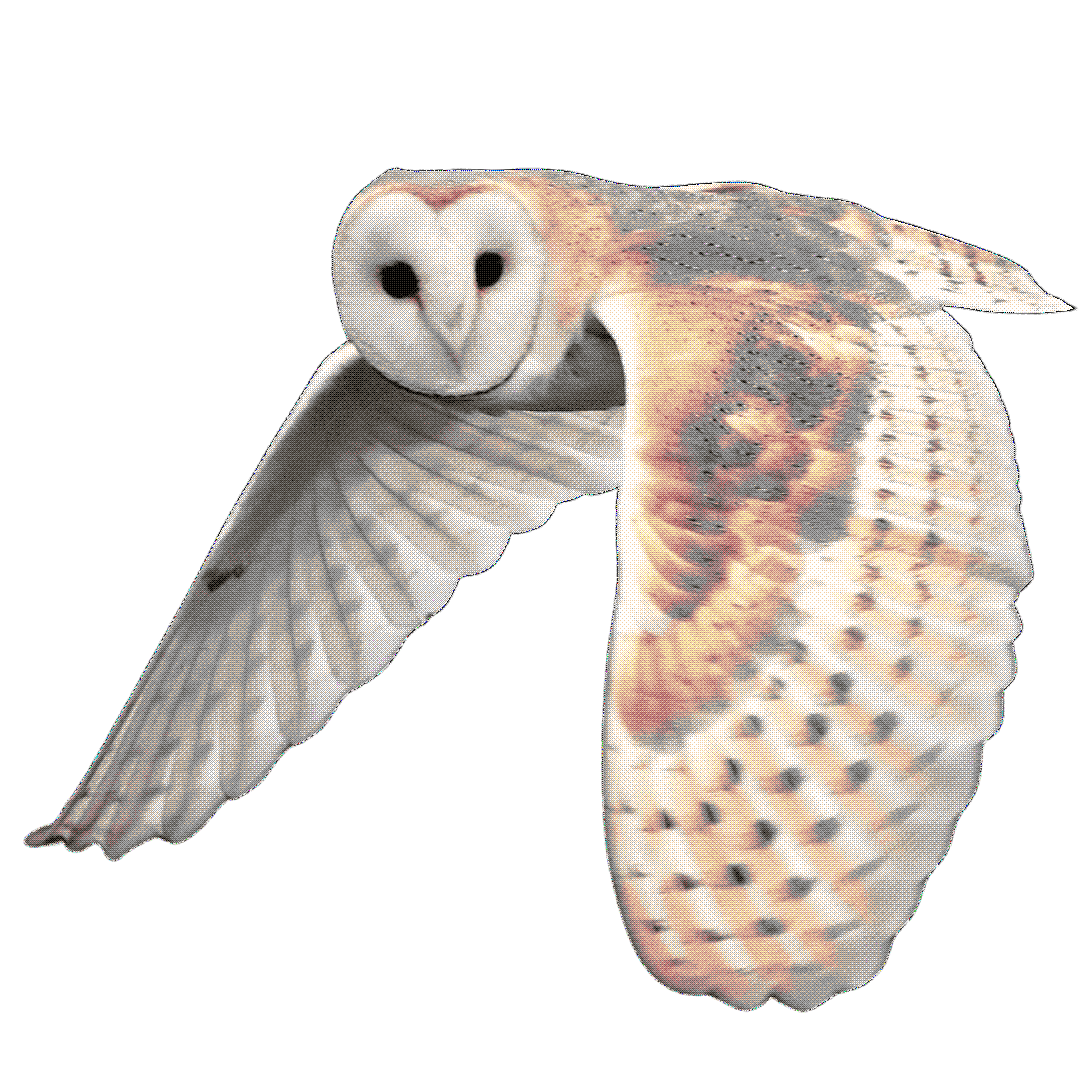Contains extensive spoilers for the 1984 film The Company of Wolves.
Like Angela Carter’s original story of the same name, the film The Company of Wolves tantalizingly invites audiences into an esoteric world of fairy tale horror. Set almost entirely within a dream, the film doesn’t concern itself with reality, but with the psyche. Many stumble over the film’s disinterest in material reality and read its symbols as literal representations. And indeed, the fairy-tale dreamscape so readily envelops viewers that it makes them forget it isn’t real, even in the context of the film. Thus arise concerns about the film’s apparent representations of grooming, pedophilia, and sexual assault. Crucially, though, the film does not represent those things, but represents a girl dreaming about those things. The framing device means that the film extends beyond the topic of sexual victimization and into an exploration of adolescent sexuality and gendered socialization, and how girls in Christian(ized) cultures experience these phenomena. The Company of Wolves constructs sexual desire in the form of the wolf, and through these wolves, looks critically upon the use of fear in the process of becoming gendered.
The majority of the film’s narrative takes place in the dream of a girl named Rosaleen. The film offers limited information about the “real” Rosaleen, but shows viewers enough to understand the foundation of her dreams. It introduces Rosaleen as an adolescent girl, bedridden with a fever, lips pink with lipstick stolen from her older sister, Alice. She stands on the threshold between childhood and womanhood, negotiating what that means for her. Her femininity does not come to her naturally, but through practiced mimicry of other women like Alice. Womanhood is a performance, and Rosaleen rehearses it. Simultaneously, however, Rosaleen experiences internal biological changes, represented by the fever that launches her into her dreams. This framing of the dream implies that Rosaleen’s subconsciousness will symbolically grapple with her feelings about coming of age as a girl/woman.
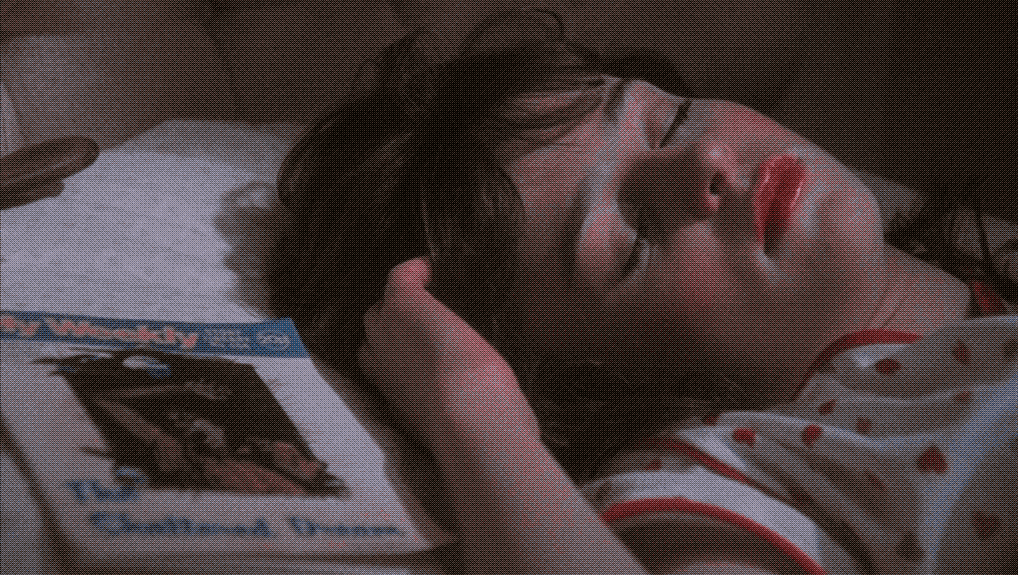
The violence of gendered socialization slithers under the surface of Rosaleen’s dream from beginning to end. Her dream starts with Alice, dressed in virginal white, running through a dark forest to escape a pack of wolves. The dark forest evokes the subconscious; it teems with childhood ephemera straight out of Rosaleen’s bedroom – dolls, dresses, and teddy bears, all grotesquely transformed. The dream opens with the spoiling of childhood and innocence, as perceived by the dreamer. Alice succumbs to the wolves; she loses her “innocence.” The community, threatened and disturbed by female sexuality, treats her failure to guard her purity as a form of death. At Alice’s funeral, her mother takes the cross from around her neck and gives it to Rosaleen. Alice loses the right to wear the cross – for she has succumbed to sin – and Rosaleen receives the message that it’s now her turn to enter womanhood and confront her wolves. The overt Christian symbolism suggests that Rosaleen’s family expects her to prioritize purity. Rosaleen’s grandmother tells her repeatedly to “keep to the path” or else “you’ll end up like your poor, dear sister” (Company 13:00–14:00). These expectations take place against the backdrop of a village preoccupied with separating itself from nature. Throughout the dream, the villagers perpetually track and kill wolves and werewolves. The villagers act with more bloodlust than the wolves they hunt, for the wolves do not appear to encroach upon the village, but the villagers go after them in the woods, the wolves’ own territory. Their fear comes from the need to maintain the separation between the natural – associated with sexuality – and the "civilized," patriarchal order of their community.
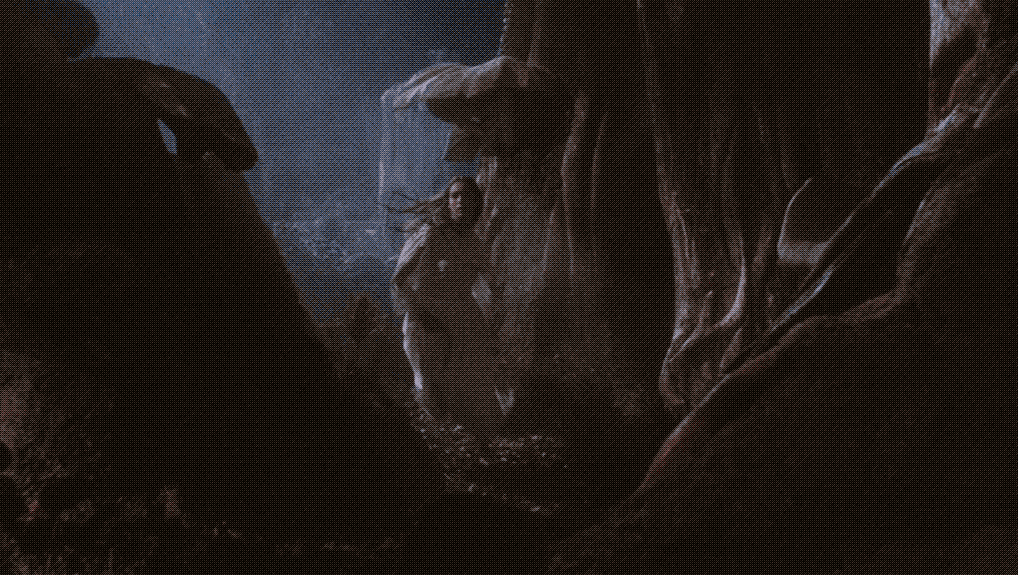
Storytelling plays another big role in Rosaleen’s socialization. Her grandmother – the elder of her family and thus the bearer of traditional wisdom – tells Rosaleen a couple of didactic stories about wolves. Granny’s first story follows a newly wed couple. The man vanishes, presumably killed by wolves, right before he and the woman intend to consummate their marriage. Even within the socially condoned confines of marriage, sexual desire between two people proves fickle and dangerous, especially when the chosen partner is an outsider, such as the “traveling man” in this story (16:00). Years later, after the woman has remarried and had children (existing in an orderly but desireless patriarchal family structure), her first husband returns, revealing himself as a werewolf. He threatens her, enraged by what he sees as infidelity, calling her a “whore” and “adulteress” before attacking her (26:00). The woman cannot defend herself and the patriarch of her new family must save her; she ends the story safe, but not happy. Granny’s story conflates men’s sexual desire with violence, speaking about the two qualities as if they are inseparable. She spells out the moral of her story as such: “[men are] nice as pie until they’ve had their way with you, but once the bloom is gone, all the beast comes out” (29:00). In this way, Granny teaches Rosaleen that men are inherently predatory, and women who tempt or anger them with their sexual behavior will unleash their latent masculine violence. Granny’s lesson seems well-intentioned: she wants to keep Rosaleen safe and teach her caution. Yet her story has a secondary effect, upholding the patriarchy by implying that women bear the responsibility to navigate and mitigate men’s desire, objectification, and violence, and that men cannot be held responsible for their own actions because it’s in their “nature” to behave that way.
Granny’s second story is a firmly Christian parable warning against one’s own, internal desires. She tells Rosaleen about a young man meeting the Devil in the woods, who offers the man a mysterious potion. The Devil’s offer is a temptation – the temptation of sexuality, and perhaps, specifically, the temptation of self-pleasure (given the man’s solitude). By associating this with the Devil, Granny indicates that to give into desire is to sin. When the man uses the potion, he begins to transform into a wolf, hair sprouting from his chest while roots crawl up from the ground to trap him. Nature and uncontrollable, untamed wildness equate to sexuality; on the other hand, human civilization requires order, cleanliness, and control – the ruling patriarchal system, buttressed by Christianity, must monitor and approve of the individual’s sexuality. Granny internalizes this sense of shame and attempts to pass it on to Rosaleen.
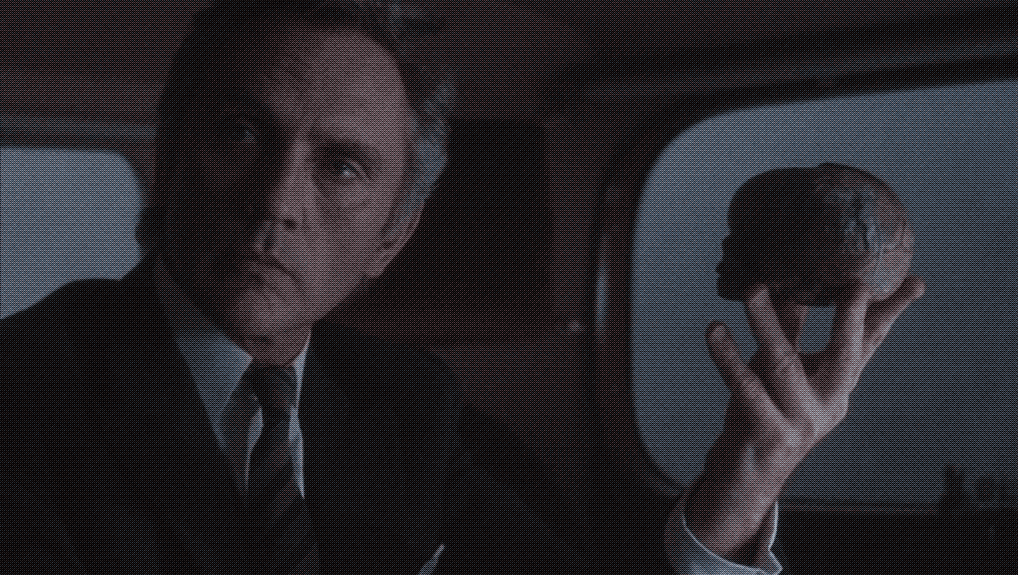
The stories within the dream take on new angles, though, once Rosaleen begins telling them. In her stories, Rosaleen wrestles with her internal feelings and the feelings she’s told she should have. She tells her stories in attempts to understand her simultaneous fear of wolves and attraction to them. In her first story, an upper class man shuns the peasant woman carrying his baby so that he can marry another upper class woman instead. The peasant woman (evidently a witch) shows up at the wedding and transforms the guests into wolves, stating that “the wolves in the forest are more decent” (56:00). Rosaleen’s introduction of a class element helps her criticize power and oppression more generally. Notably, only the rich guests transform into wolves in her story, while the working-class servers and musicians remain in human form. The witch cares not to curse everybody, but only to reveal the hypocrisy of those in power. For all of their propriety, the ruling class also feels desire; the only difference is that they can indulge in those desires and have the privilege to pretend they don’t, while punishing those with less power who do the same as them. Rosaleen uses this story to express her hunch that, while others teach her to fear and repress her sexuality, those who have the power in her society – (heterosexual) men – get to partake in their desires without criticism or scrutiny. They partly manage this by scapegoating women, painting them as witches and temptresses. Rosaleen has a developing and unpolished understanding of society, but she approaches closer and closer to the core of gender’s function in a patriarchal system.
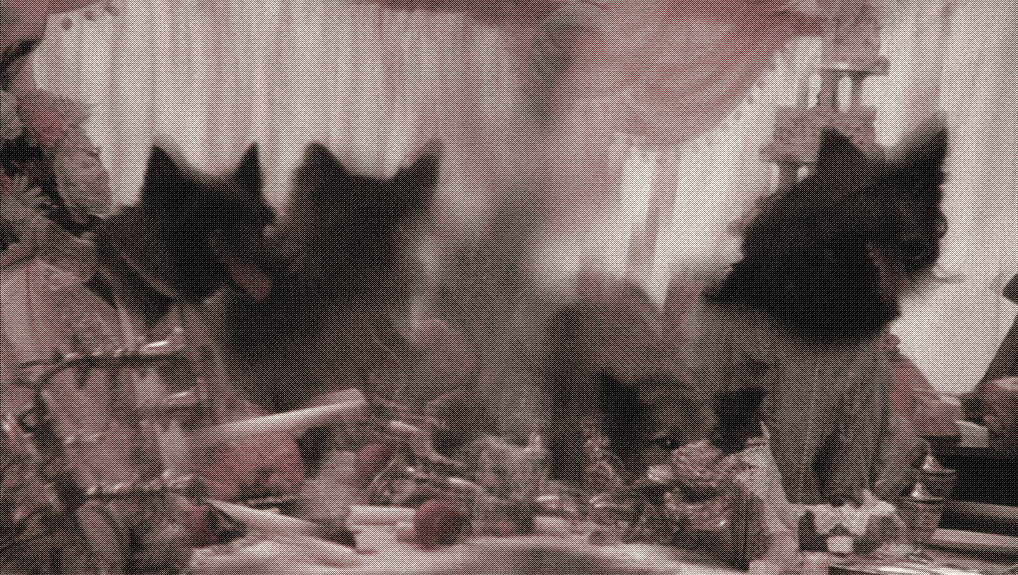
Rosaleen renders her second story far more intimately, a further developed reflection on her personal feelings. In this story, a man shoots an innocent female werewolf, forcing her to run away from the village. The village punishes her for existing beyond the boundaries of the patriarchy, for embracing her wolf – her desire – instead of accepting life as an object of men’s desire. The werewolf earns compassion and help from a priest only after she reverts to her human form. The priest and his church can offer a controlled and predictable safety to the werewolf, but she only reaps those benefits if she can consistently repress an entire half of herself. Knowing this, she declines the safety of the civilized world of men, and instead returns to the well and descends back into “the world below,” the world of her kin (1:29:00). The village and its church are bastions of strict control, repression, and enforced purity; but the world of the wolves, though uncertain and unknown, is free.
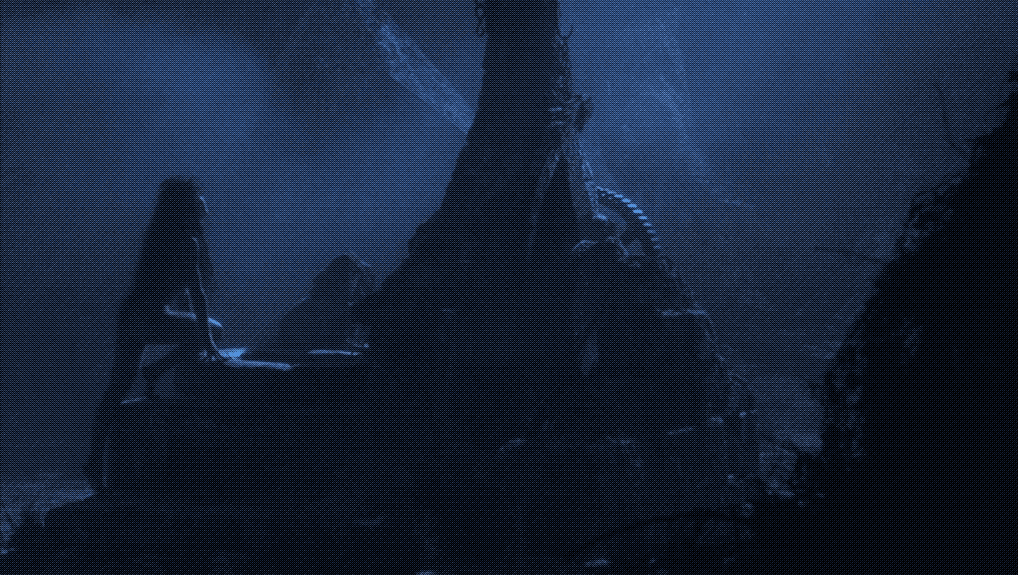
Rosaleen tells the above story to the Huntsman/werewolf that she meets in the woods. The Huntsman is an amalgamation of all of the stories and superstitions taught to Rosaleen; a projection of the dreaming Rosaleen, a warped reflective fragment of herself. In his uneasily seductive nature, he stands in for her sexual desire. In his existence as a liminal figure, neither human nor wolf, neither a community member nor an inhabitant of the woods, he stands in for her desire for freedom. Intrigue, attraction, and tension all drench the interactions between Rosaleen and the Huntsman. Their encounter forces her to face this part of herself, asking if she wants to accept it or fear it. The Huntsman further disrupts Rosaleen’s socialization when he kills Granny, symbolically disposing of the traditions and social norms that Granny represents. When Rosaleen arrives at Granny’s house, she is visibly afraid, frightened by the loss of stability provided by these traditions and norms. She and the Huntsman engage in a back-and-forth of intimidation and seduction, with Rosaleen becoming bolder by the minute. When Rosaleen removes her hood and throws it onto the fire, she sheds civilization and its expectations; as the Huntsman says, “[she] won’t need it again” (1:19:00). As Rosaleen stands up for herself, she shoots the Huntsman and triggers his full transformation into a wolf. The human form, which clung partially to the social dynamics of women and men as object and subject, submissive and dominant, posed far more danger than the wolf form, who simply wants companionship. For this reason, Rosaleen feels at ease once she’s with the wolf instead of the man. She wants true intimacy, not the mockery of intimacy that the hetero-patriarchy asks both women and men to perform. The moment she takes hold of her sexual agency, she also turns into a wolf, and runs from the villagers – including her own father – who attempt to shoot her when they arrive, for only her mother still recognizes her daughter in the form of a beast. Her village would never accept both halves of her. Rosaleen’s alternative is to embody the Other – to live as an outsider, alienated yet blissfully detached from the rules of her society.

The Company of Wolves explores the capacity for the dissonance between internal and external forces to tear a person apart. The film particularly holds space for the fracturing of those socialized as women. Christian society tells women many stories about their sexuality: that they do not have desire or even the ability to enjoy sex, or that they do have desire but it is shameful and dangerous. That their desire is different from a man’s in the harm it does to the self, the family, and society. That their desire is the reason men abuse and victimize them. None of these cultural stories reflect the amorphous reality of allosexual women’s (or girls’) desires. A woman’s sexuality can be strange and confusing, powerful and liberating, pleasurable and exciting, in any combination among any constellation of other feelings. In The Company of Wolves, a reality-shattering decision errs on the side of the wolf. If this is truly Rosaleen’s decision – to embody her truest and wildest self instead of performing a socially acceptable play of femininity – then she faces the tough process of coming-of-age as the Other. Many women experienced adolescence in this way, for countless reasons, and this pain finds comfort and catharsis against the warm pelts of Rosaleen’s company of wolves.
Works Cited
- The Company of Wolves. Directed by Neil Jordan, performances by Sarah Patterson, Angela Lansbury, and Micha Bergese, ITC Entertainment, 1984.
